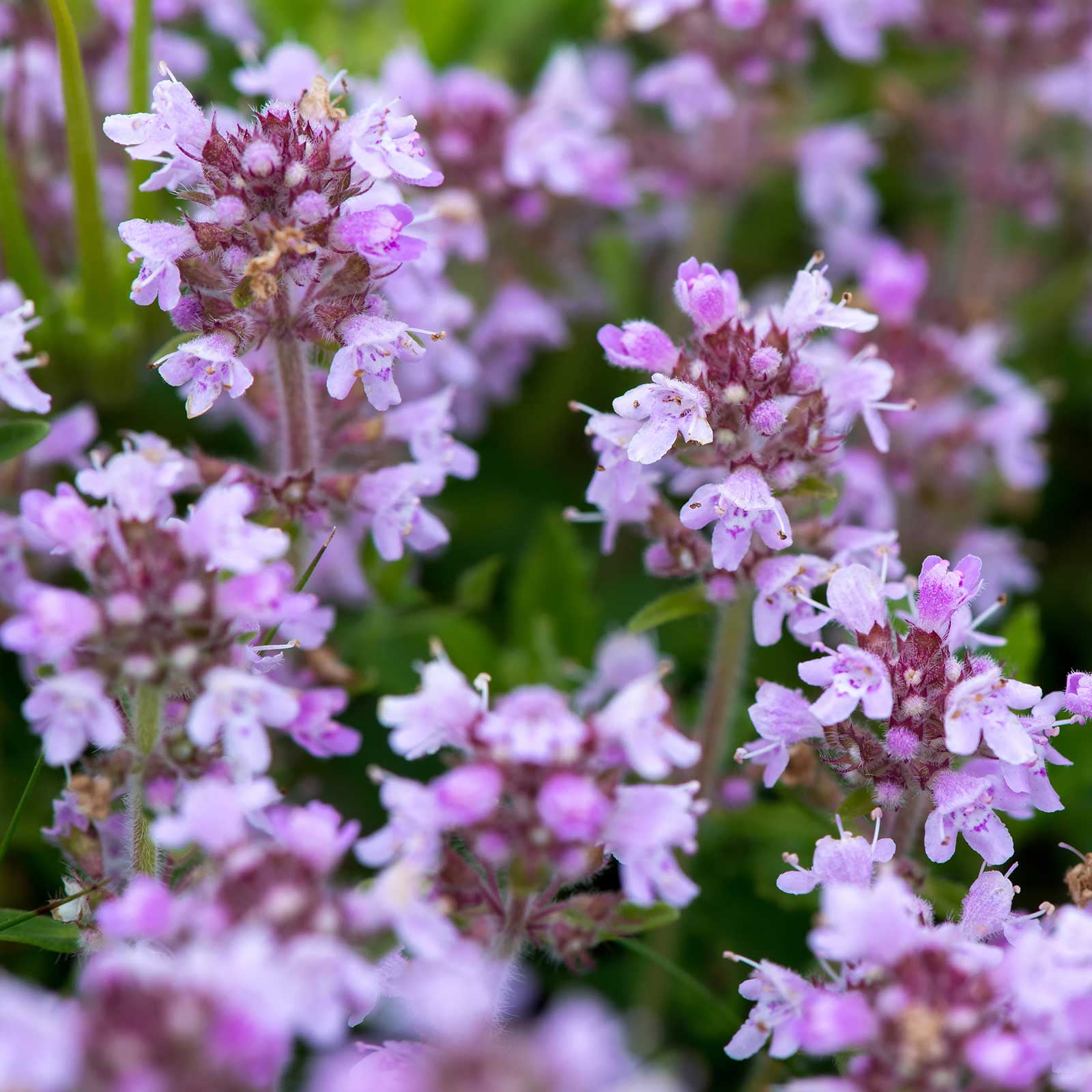

Others have a more upright growth pattern and do well as stand-alone specimens in the garden or in pots, either alone or mixed with other plants or herbs. Many thyme varieties have a lovely spreading habit and will also look wonderful peeking between pavers or stones in a patio or walkway or in a rocky wall while being tolerant of foot traffic. Most varieties of thyme are susceptible to overwatering, and many varieties of thyme tolerate or even thrive amid moderate to severe pruning.Īll varieties of thyme are easy to propagate via cuttings, division, and seed and with their low growing habit–less than 15 inches (38 cm.) tall, this semi-evergreen is appropriate for groundcover or for growing in an herb garden, window box, or pots. Types of thyme plants cultivated for culinary use should be replaced every three years or so to prevent woody stems and promote the desirable tender leaf production.

With a little research and even with adverse conditions, however, there are sure to be various types of thyme plants that are suitable for growth in those areas.Īvoid fertilizing thyme varieties as they tend to become leggy and weak.
#Mother of thyme janet sha full
Also, most varieties of thyme prefer full sun and well-drained soil. Most thyme varieties are hardy in USDA zones 5 to 9 but tend to dislike hot, humid summers or overly wet conditions. Keep reading about the types of thyme plants you can grow. With this dizzying array of thyme varieties, there is a possible specimen for nearly every climate and landscape. All have been prized for centuries for their fragrance, flavor, and ornamental habit. There are over 300 thyme varieties in the mint family of Lamiaceae, of which thyme is a member.


 0 kommentar(er)
0 kommentar(er)
